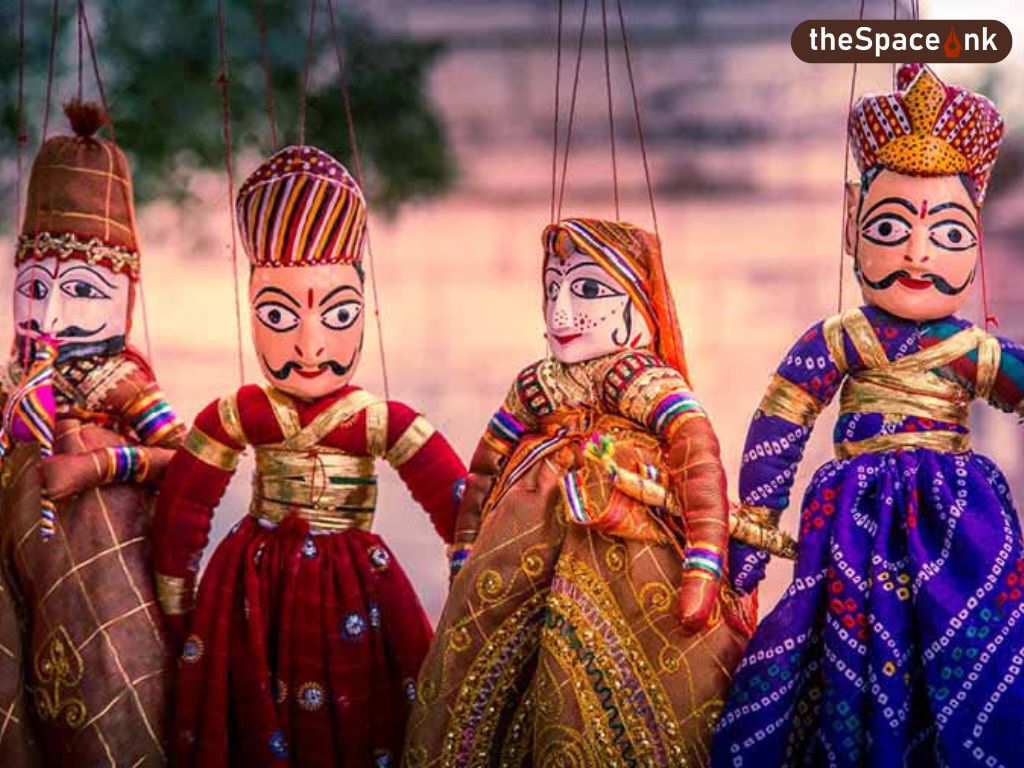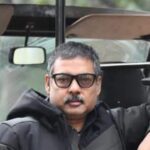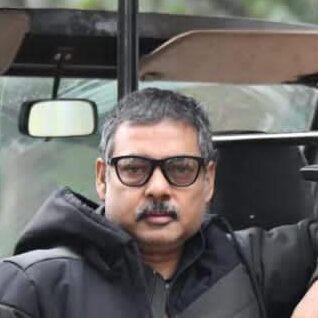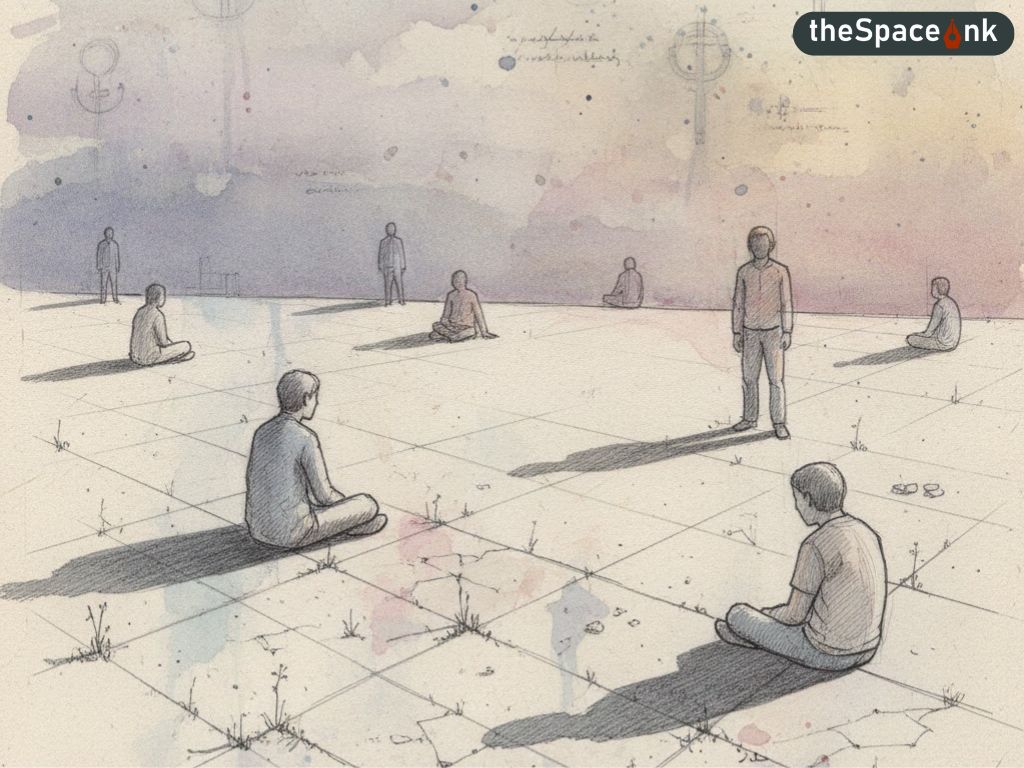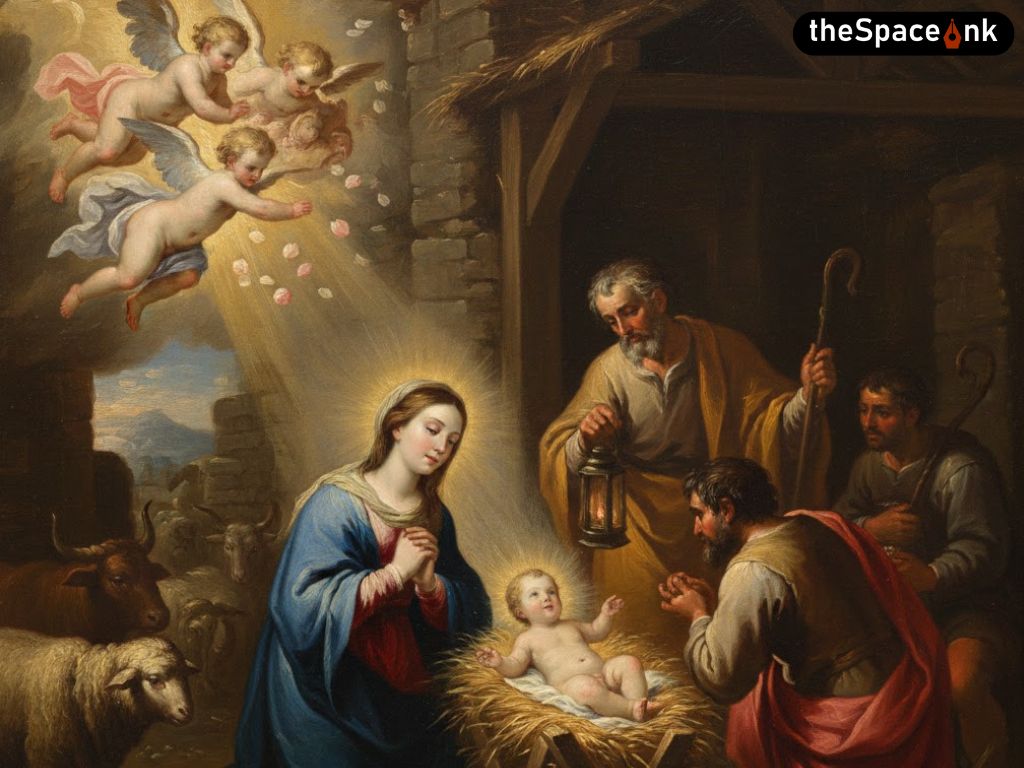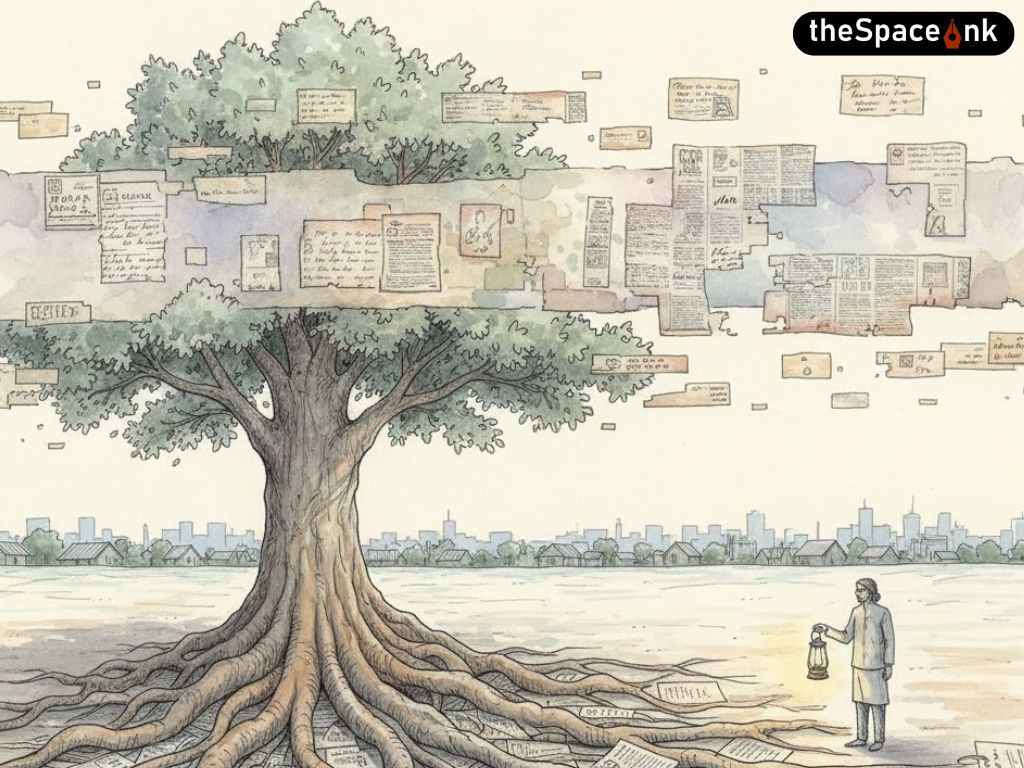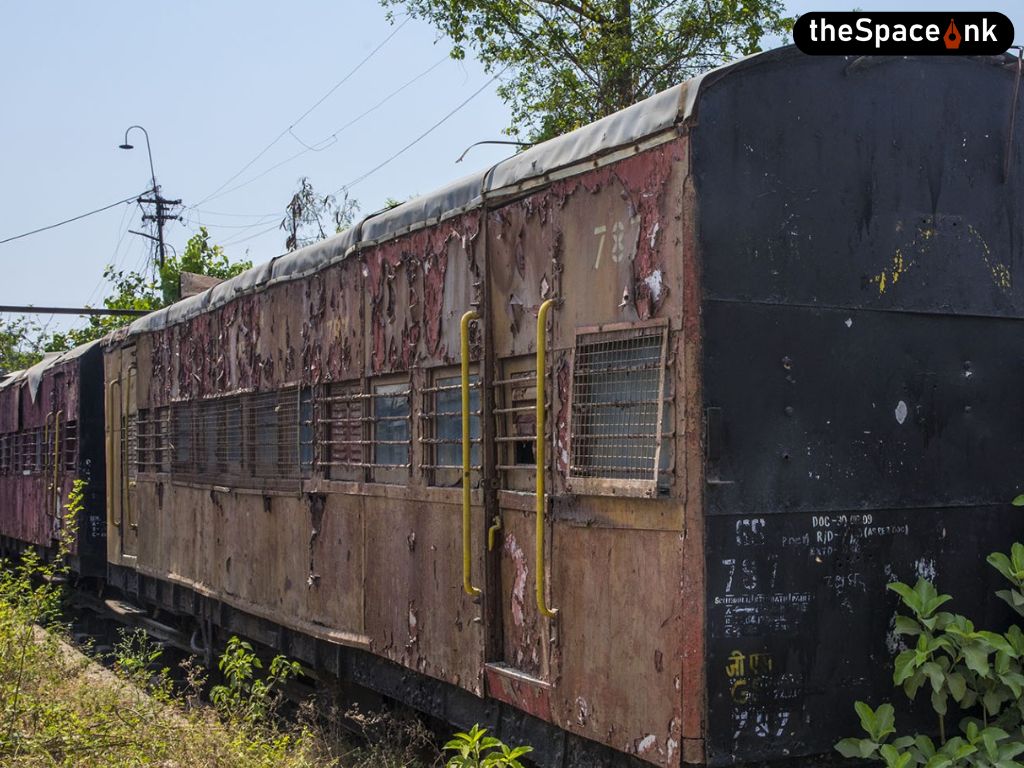(Puppets)
Strings, Gloves, and The Art of Second Chances
The Birth of Ha Ja Ba Ra La
The boy I was—let us call him G, the way one names a character to hold what memory cannot carry alone—stumbled upon a kind of magic that day. The voice that emerged, woven from cloth, was rough and unvarnished, yet it held a truth my own throat had forgotten. Through it, I spun a tale of a forest deep and disorienting, of a family vanished into the thicket, of new alliances forged with trees and birds and fellow creatures. And in that shared space, we found the courage to face down the tiger that circled us, its hunger a familiar shadow. (Puppets)
The other children fell silent. They recognized themselves in the tale—the lostness, the scare, the longing, the slow discovery that family could be remade from fragments.
I discovered I could speak truths through puppets that I could never voice as myself. My grief, too large and shapeless to hold, fit perfectly inside a monkey’s monologue.
Also Read: Puppet in the Hands of Fate: A Memoir from the Margins (Part: 1)
Swapna Maasi knew the moment instantly. “Would you like to make your own puppet?” she asked.
Within weeks, five children gathered with me at the booth.
We called ourselves Ha Ja Ba Ra La—after Sukumar Ray’s beloved nonsense spell that dissolves logic into possibility. For us, it became a manifesto: a vow that broken children could turn grief into story, scraps into magic. We’d arrived at the village as pronouns—he, she, they—interchangeable in our brokenness. Puppetry gave us names again, even if those names belonged to cloth, wood and imagined characters.
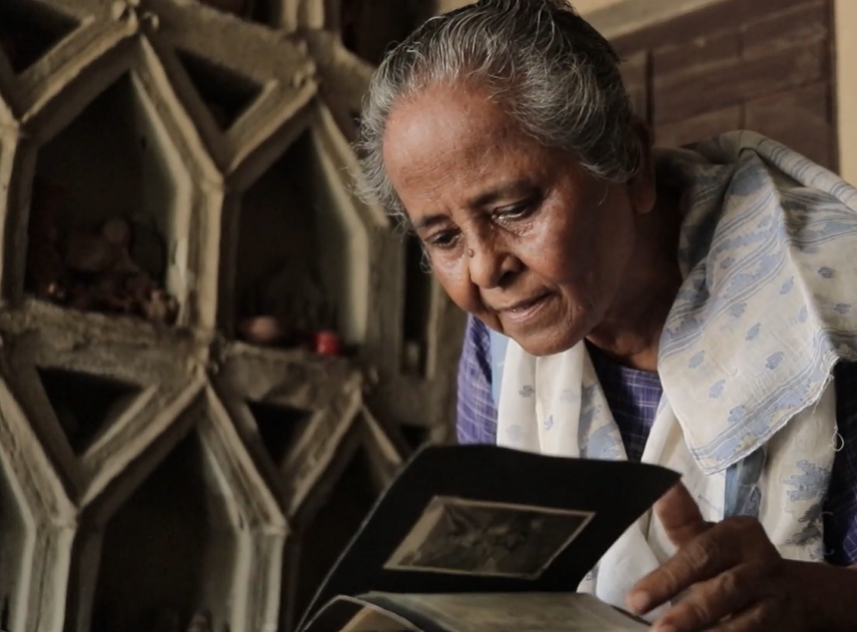
The Parable Players
Under Swapna’s care, the troupe grew ambitious. Their masterpiece was Kak-Bhasmi Baba—the parable of the Crow-Burning Sage, retold from Vivekananda’s story.
G seized on the tale: a monk so swollen with pride he burns a crow with a glance, only to be humbled by a simple hunter whose compassion reveals true devotion. The children staged it with raw brilliance. G voiced the monk, arrogant and thunderous, his voice cracking with a twelve-year-old’s uncertain authority. A scrap of black cloth became the crow, flapping with jerky desperation before collapsing with comic tragedy. And when the hunter appeared, clad in earth tones, the hall fell reverent. (Puppets)
“The workshop became its own universe—sawdust on the floor like fallen stars, painted props arranged in rainbow sequence, puppet heads watching from shelves like an audience of silent witnesses.”
For the orphans and the abandoned, children left by life at its margin, it was personal scripture. They too had been judged broken, worthless, beyond redemption. Yet the parable whispered: worth hides in humility, grace in the ordinary, blessing in the discarded.
Swapna watched from the wings, remembering Goswami’s lessons: puppetry heals by giving voice to what cannot be said outright. The children weren’t performing the parable—they were living inside it, finding themselves in the spaces between puppet and parable. (Puppets)
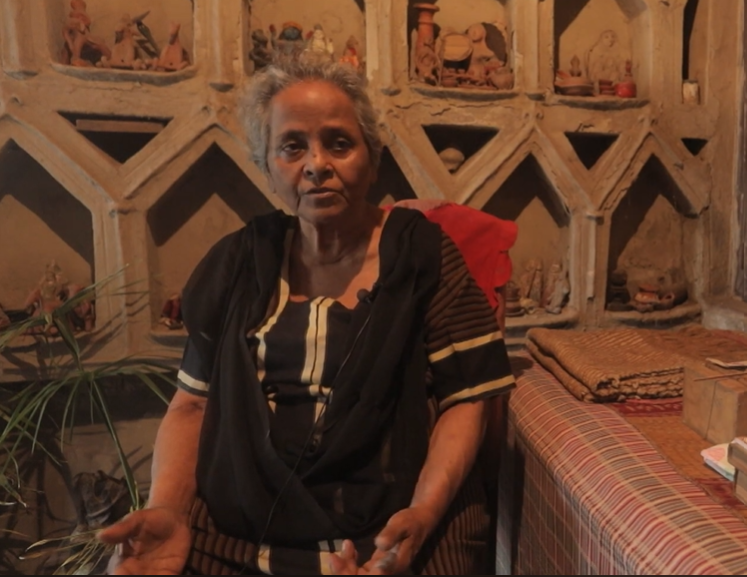
Monsoon Rehearsals and Flying Puppet Heads
They coated faces with cheap paints, stitched costumes from donated saris, and rehearsed under tin roofs that roared with rain. The workshop became its own universe—sawdust on the floor like fallen stars, painted props arranged in rainbow sequence, puppet heads watching from shelves like an audience of silent witnesses. (Puppets)
Also Read: Books That Burst Out of Windows and Spiral Into Infinity- Part 1
Other shows were chaos at its most beautiful. Once, a puppet head popped off mid-scene and rolled beneath the benches, sending children in the audience into shrieks of laughter. Another evening, a visiting dignitary, drenched from rain, stayed on to watch. When it ended, he recited Sukumar Ray’s nonsense verse, Aire Bhola Kheyal Khola, by heart—declaring the children had restored his faith in art’s stubborn joy. (Puppets)
G discovered a gift for writing scripts, and voices—kings booming with manufactured authority, fools muttering wisdom through nonsense, merchants wheedling with comic desperation. Through those voices, he found his own. The boy who had once moved like a ghost became the troupe’s anchor, teaching younger children how to coax life from scraps, how to turn silence into symphony.
The Master’s Recognition
Word of Ha Ja Ba Ra La reached Goswami in late 1979. He came one wintry evening, expecting amateur charm—children playing at art the way children play house.
After the show, he handled their puppets with reverence, spoke to them as peers rather than students. “You carry forward more than art,” he told them, his voice thick with emotion. “You carry its spirit.“
What he saw moved him to tears.
These children had grasped puppetry’s deepest secret—that its power lies not in perfection, but in giving voice to the voiceless. They hadn’t learned his techniques; they’d absorbed his philosophy and remade it in their own image. Where his puppets were meticulously carved and painted, theirs were rough, improvised, held together with hope and thread. But they spoke with an authenticity his never quite achieved. (Puppets)
After the show, he handled their puppets with reverence, spoke to them as peers rather than students. “You carry forward more than art,” he told them, his voice thick with emotion. “You carry its spirit.”
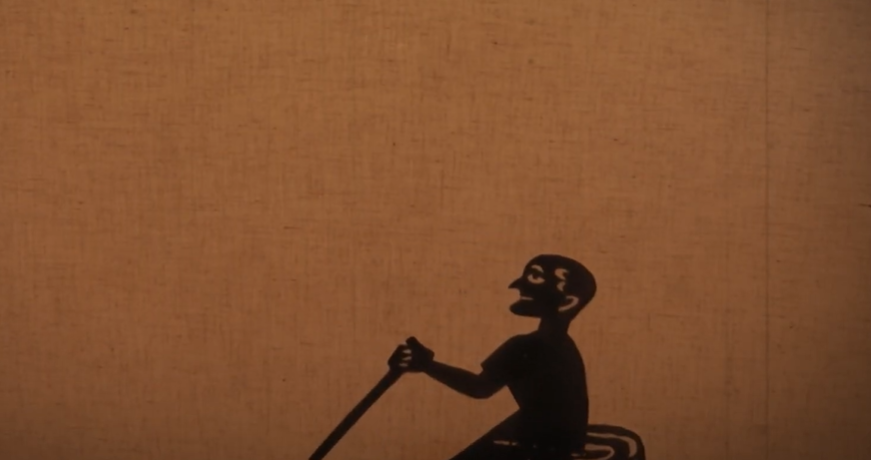
He visited often after that, sometimes bringing gifts from his workshop—a carved head here, a length of good string there—but mostly he watched, humbled, as these children reminded him that art is born from necessity, not polish. They’d arrived at his teachings from the opposite direction, traveling from wound to wonder rather than technique to transcendence. (Puppets)
Where Stories Go to Live
The troupe thrived for five years, until life pulled the children outward—into jobs, colleges, families, the necessary diaspora of growing up.
“Swapna continued for another decade, moving from village to school to community center, always fusing Goswami’s mastery with what the children had taught her: that authenticity trumps technique every time.”
None from Ha Ja Ba Ra La became professional puppeteers. Yet the discipline of shaping story from fragments, of finding beauty in broken things, remained their unseen foundation. They’d learned that transformation doesn’t require grand gestures—sometimes it arrives through a glove puppet and twenty minutes of courage, as if summoned through the providence. (Puppets)
G joined the digital revolution sweeping through India in the late 1980s, becoming a coder before the term was commonplace. The puppets had given him a voice; now, he used that voice to speak the language of the future. The confidence to command a stage, even from behind a curtain, became the confidence to command a new digital frontier. His puppet days became a memory both fragile and luminous, something he carried folded in his chest like a paper boat.
Also Read: Cosmopolitan Club, Tagore, and UIUC: A Brief History of 100 years (Part: 1)
Swapna continued for another decade, moving from village to school to community center, always fusing Goswami’s mastery with what the children had taught her: that authenticity trumps technique every time. She worked with other groups of wounded children—refugees from neighboring states, street children from Howrah, kids caught in the crossfire of domestic violence—each time offering puppet heads and the possibility of voice. (Puppets)
Goswami himself lived to see Indian puppetry gain international attention, his work exhibited in Paris and Moscow, his techniques studied in universities. And yet, when asked what mattered most, he spoke most proudly of that evening in the SOS Village, when children who’d lost everything taught him what puppetry meant.
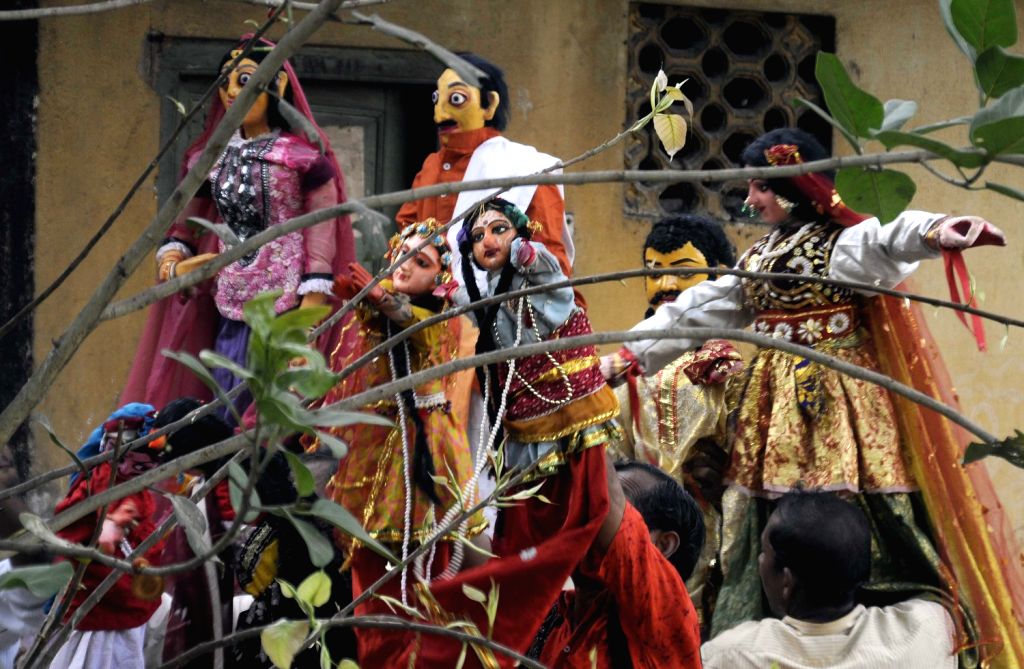
The Eternal Performance
Today, Calcutta’s puppet tradition barely survives. Modernization and mobile phones have devoured these fragile arts the way rising water claims a shoreline—slowly, then all at once, leaving no trace of what stood before. Workshops no longer hum with creative chaos. Troupes no longer congregate on stages around to perform socially conscious plays. Goswami’s legacy teeters on the edge of extinction, having lived far less than the dream it was born with.
“Perhaps nostalgia playing tricks. Perhaps Calcutta’s way of keeping stories alive, hanging them backstage where they wait, threadbare and patient, for someone desperate enough to yank the cord.”
Swapna, too frail to travel, rarely speaks of those years now. The children of Ha Ja Ba Ra La scattered to lives their twelve-year-old selves couldn’t have imagined—software engineers, teachers, shopkeepers, parents. They reunite occasionally, gray-haired now, and laugh about crooked puppets and collapsing palaces in the wind. Beneath the laughter glows a shared truth: Puppetry had given them mouths through which to speak the pain that gnawed at them from within.
G, now a father himself, tells his children about Ha Ja Ba Ra La on evenings when rain turns Calcutta’s streets into floating mirrors. He speaks of days when broken children learned to mend themselves with strings and shadows, when silence found its voice through them as conduit, when loss transformed into performance.
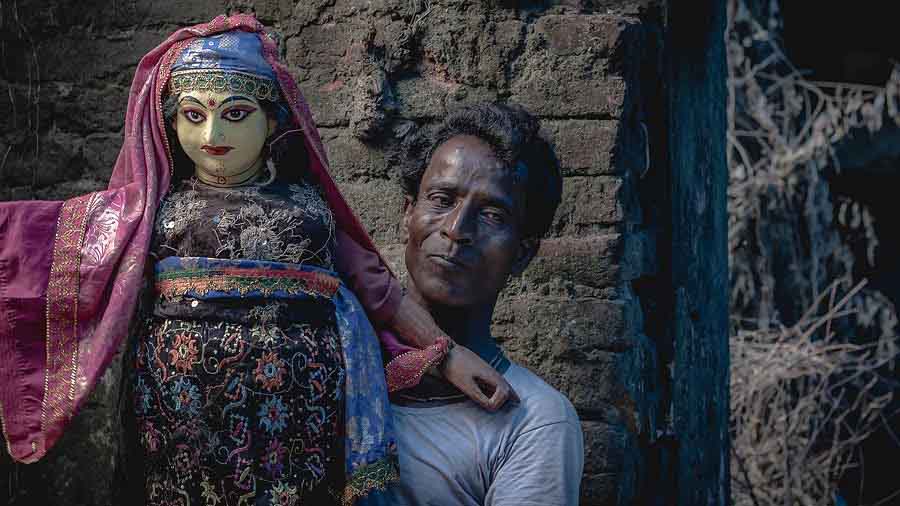
Some say that on cool summer nights, if you pass the old SOS Village community hall, you might hear faint wooden clicks. Perhaps nostalgia playing tricks. Perhaps Calcutta’s way of keeping stories alive, hanging them backstage where they wait, threadbare and patient, for someone desperate enough to yank the cord.
“The rain keeps falling. The puppets keep waiting. And somewhere, always, small hands are learning to give voice to voiceless things.”
Or perhaps Sukumar Ray’s nonsense charm is still working its impossible alchemy, turning grief into glove puppets, silence into song, brokenness into beauty.
The city that keeps secrets keeps this one closest: that Calcutta itself is the eternal puppeteer, pulling strings across generations, binding master to disciple to child in an endless performance where everyone learns to dance, even when the strings are cut.
Also Read: Remembering Munshi Premchand
The rain keeps falling. The puppets keep waiting. And somewhere, always, small hands are learning to give voice to voiceless things.
This piece is a tribute to Swapna Sen, the person who helped me find my voice through puppets, and my childhood friend Saptarshi Roybardhan, who nudged me—hard enough—to pick up my pen and write this memoir.
Photo Courtesy: Youtube, Telegraph India, Prokerala
Gunjon Dasgupta writes about power, technology, and the cost of justice. His work includes The Ananya–Rudra Series, a political thriller, and essays bridging Ambedkar's moral philosophy with contemporary political economy. He lives in Kolkata.


